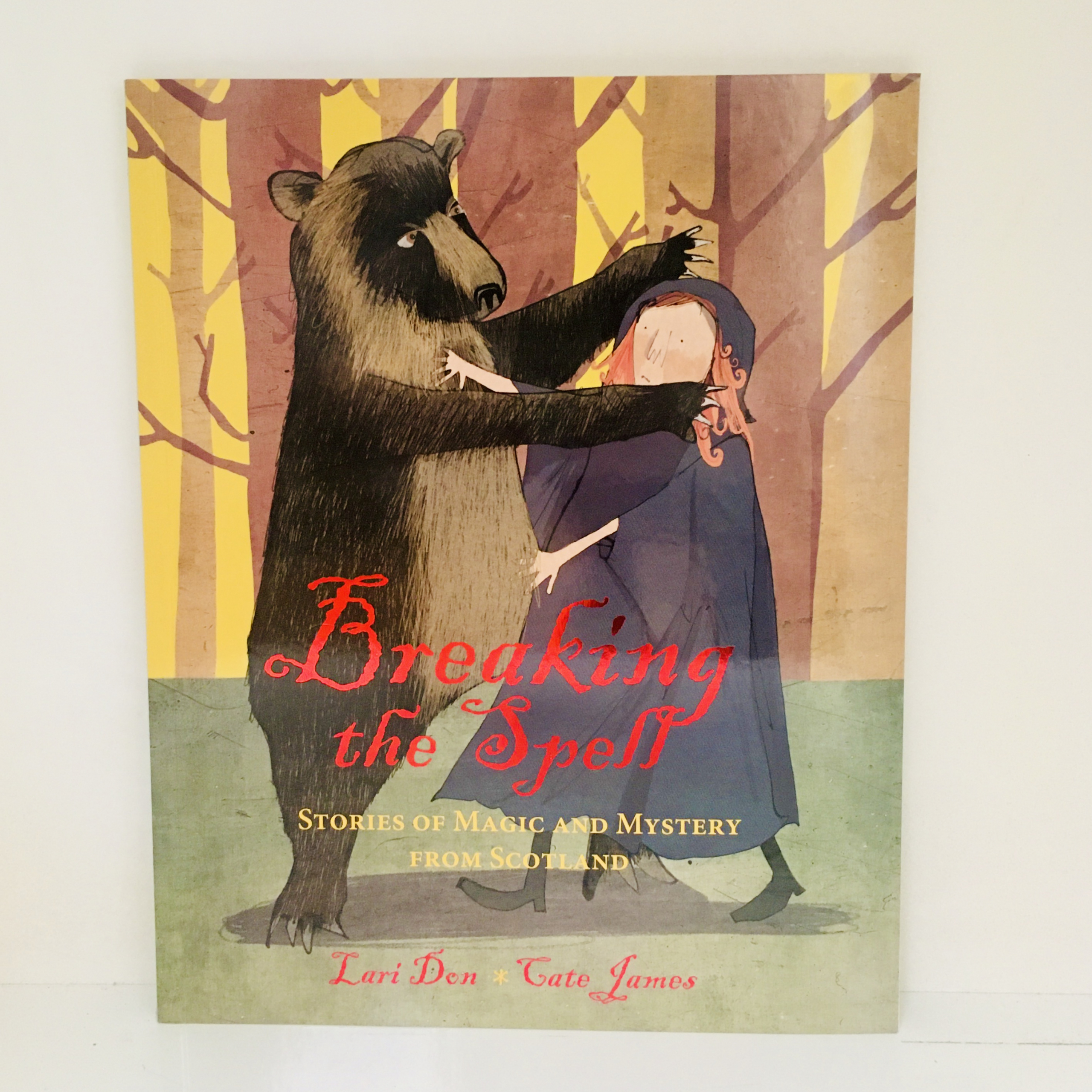

To someone playing a different game, those same physical objects might hold a different meaning (like "build", "select", "pause".). The game controller holds the same function as a board game's play objects: this button means "jump" while this button means "shoot" and this stick means "move". When observing someone interacting with a computer game, it is still possible to leverage the magic circle to identify him as "playing a video game" and interpret his following comments and actions accordingly. While it is generally agreed that it is porous, this does not mean it has diluted to the point of being irrelevant. I wouldn't be so quick in dismissing the magic circle, especially according to Huizinga's definition. When the game is over the paper money still has value, but it is of a different type. This loop is the magic circle, a circle that transforms random cubes of wood into bits of information that we are then somehow able to act upon in a meaningful way. Paper money is "worth" something, flat discs can "jump" over each other, placing a token in a certain place earns "points." The meaning and information we attach to these objects belongs to the other half of the information feedback loop, a loop drawn between the players-as-players and players-as-processors. When we play a board game this is exactly what happens: the objects we play with are imbued with a special significance. The magic circle implies that something special and distinct from ordinary reality is occurring during a game. However, I propose that we should view the magic circle as the information feedback loop maintained by the players of a board game. In short, our real lives permeate the games we play, and they cannot be cleanly separated.Īs such, it seems that as a theory the magic circle as-described is incomplete, or even incorrect. Anyone who has ever intentionally lost a game, bragged (or annoyed by bragging) about winning, or bet on an outcome knows this firsthand. While Huizinga implies that a game is somehow set apart from reality, in practice this is never the case. With this in mind, I want to address Huizinga's famed "magic circle." Recent scholarship agrees (seemingly unilaterally) that the magic circle is porous at best. As such, everyone must actively maintain the information in the system that both defines the state and the rules. Without the player's shared understanding of the rules and the state the game breaks down.
#The magic circle book nonfiction board game update
These games are fundamentally proactive: as a player, it is up to me to process and update the game state, in addition to choosing how I will alter it when my chance comes.

The actual bits, cards and so on can be thought of as reminders that communicate the state, used so that we do not have to keep everything in memory. Each will have (approximately) the same idea of what the state currently is, and when the state is altered each must update his or her own construct accordingly.

In these games the state is essentially a mental construct shared amongst the players. In multiplayer games the situation is only slightly different: a varying number of people are affecting the state, but the state is still processed, maintained and communicated by the computer.īoard games, however, are a proactive medium. This is of course the same regardless of the nature or genre of the game: in this sense Farmville, Grand Theft Auto and Quake are all the same thing. I then process this information, make a decision, and the feedback loop continues. The computer communicates the current state to me (the means by which it does so varies considerably from game to game). As a player, I am continually reacting to the game state as-defined by the computer. If I may be allowed to indulge in a McLuhan-esque theory for a moment, video games are a reactive medium. The difference between these two media is, essentially, one of reaction and proaction. Video games have no magic circle, but board games do.

(This post originally appeared on Jason Begy's blog, Game Bitiotics.)


 0 kommentar(er)
0 kommentar(er)
